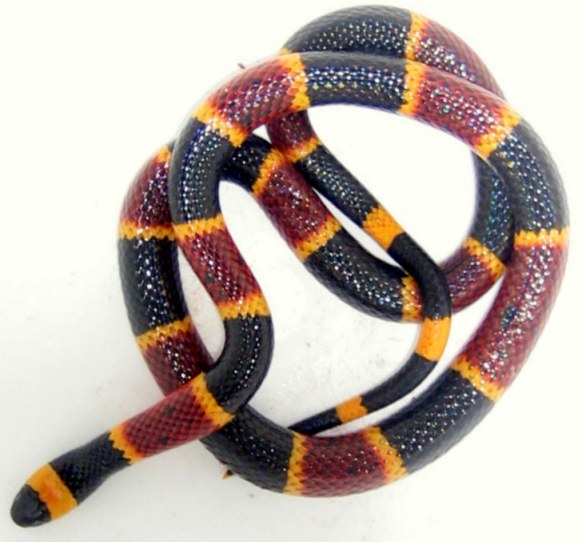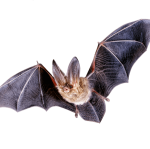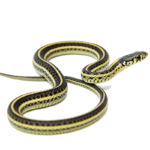All About Coral Snakes
Due to their vibrant colors, coral snakes can definitely be considered one of the most beautiful reptiles. Their small body alternates lively colors of red, white, yellow, and also black bands. Their looks can be very misleading, as those snakes have the second-strongest venom of any snake – right after the black mamba who takes the first place in being the most poisonous. On the other hand, coral snakes are usually considered less dangerous as they live quite a solitary life, are reclusive and their poison-delivery system is less effective.
Characteristics
There are more than 80 species of coral snakes, often divided into two groups: Old World coral snakes and New World coral snakes. More than 60 species are recorded in the Western Hemisphere. Coral snakes found in North America are famous for their vibrant red, yellow/white, and black banding, whereas coral snakes found in different parts of the world can carry completely different patterns – anything from pink, blue, red, or black bands to no bands at all. Most species are tricolored.

Coral snakes are quite small and slender, usually measuring around 18 – 20 inches, although some species can reach even 3 feet. All have cylindrical bodies with smooth scales and a short tail. The venom they produce is delivered by short, hollow fangs.
Diet
Typically, coral snakes eat small snakes and lizards, sometimes nestling birds and small rodents. Some Eastern coral snakes are fond of frogs, while Western coral snakes can feed on black-headed snakes.
Behavior
This type of snake spends a lot of its time underground or secluded in hollow logs or buried underneath leaf litter. Their behavior varies depending on the species, but most of the coral snakes are quite elusive and fossorial, and they come to the surface only during breeding season or rainy days. This mostly applies to the snakes that live in the jungle or forest areas. The species that live in more deserted areas, like to spend their time under rocks or burrowing into sand and soil.
Coral snakes are nocturnal and lead quite a secretive life underneath rocks or rotting leaves. These snakes are very reclusive and often will flee from predators rather than fight.
Reproduction
Coral snakes lay eggs which is contrary to the most venomous snakes that give birth to live young. Western coral snakes typically lay 2 – 3 eggs, while the Eastern species can lay up to 7 eggs. Baby coral snakes are born fully venomous with brightly colored bodies.
Bites
Due to their reclusive nature, coral snakes’ bites are rarely recorded. In the encounter with a human, these species would rather flee than fight, and bite only as a last resort. As mentioned above, coral snakes have short fangs that cannot penetrate thick clothing.
In an unlikely case of being bitten by a coral snake, one must immediately seek medical care. This type of snake has extremely potent venom that paralyzes the breathing muscles. The bite itself can cause only mild pain, however, respiratory failure can occur within hours.
Select Your Animal

Raccoons
Raccoon Removal Information & How-To Tips

Squirrel
Squirrel Removal Information & How-To Tips

Opossum
Opossum Removal Information & How-To Tips

Skunks
Skunks Removal Information & How-To Tips

Rats
Rat Removal Information & How-To Tips

Mouse
Mouse Removal Information & How-To Tips

Bat
Bat Removal Information & How-To Tips

Bird
Bird Removal Information & How-To Tips

Snake
Snake Removal Information & How-To Tips

Beaver
Beaver Removal Information & How-To Tips

Mole
Mole Removal Information & How-To Tips

Vole
Vole Removal Information & How-To Tips

Gopher
Gopher Removal Information & How-To Tips

Rabbit
Rabbit Removal Information & How-To Tips

Woodchuck
Woodchuck Removal Information & How-To Tips

Flying Squirrel
Flying Squirrel Removal Information & How-To Tips

Chipmunk
Chipmunk Removal Information & How-To Tips

Coyote
Coyote Removal Information & How-To Tips

Fox
Fox Removal Information & How-To Tips

Wild Hog
Wild Hog Removal Information & How-To Tips

Dead Animal
Dead Animal Removal Information & How-To Tips